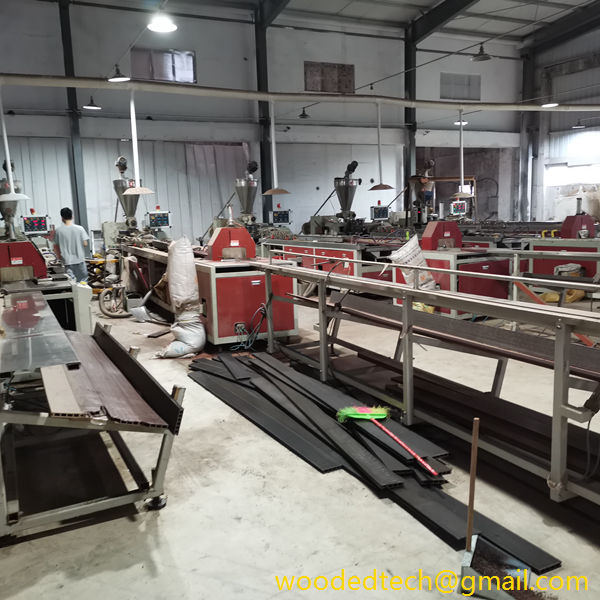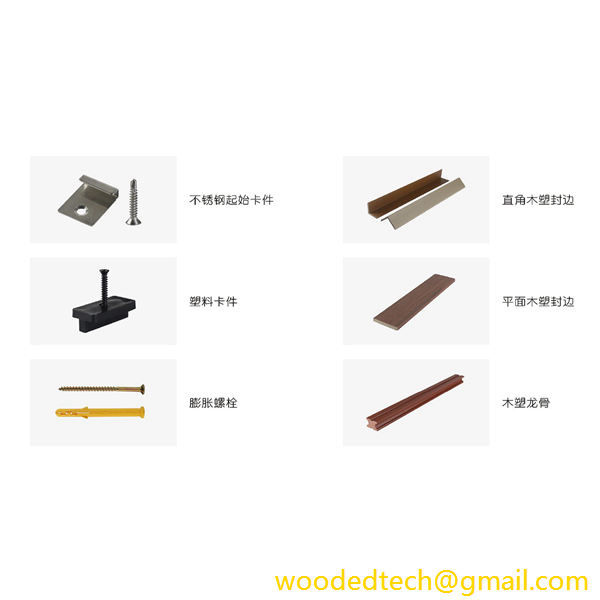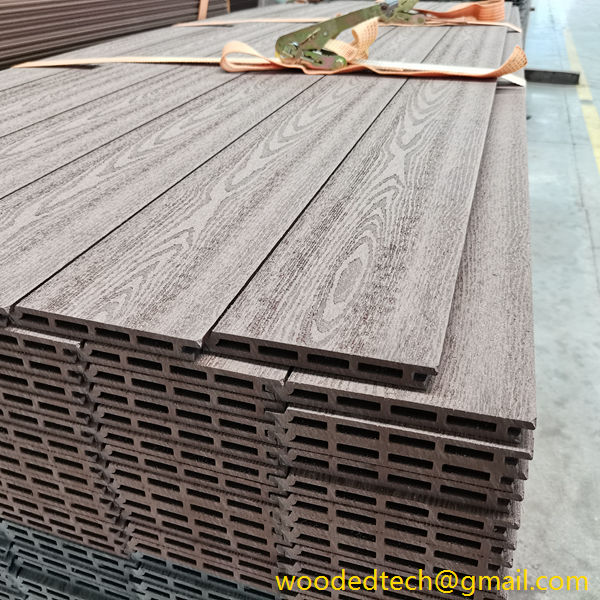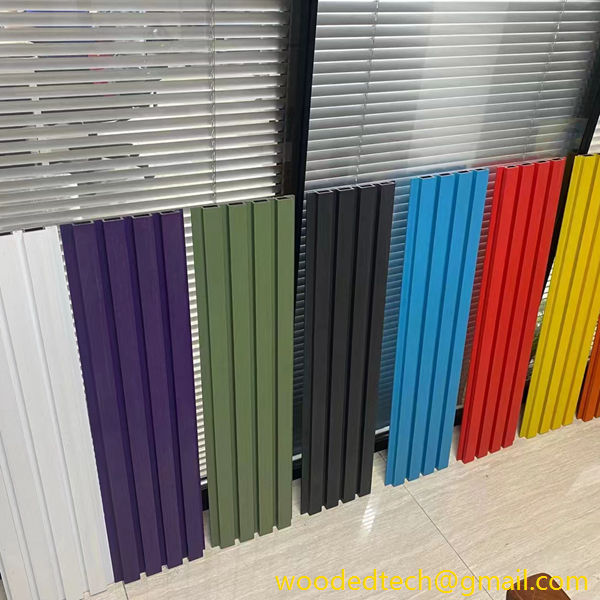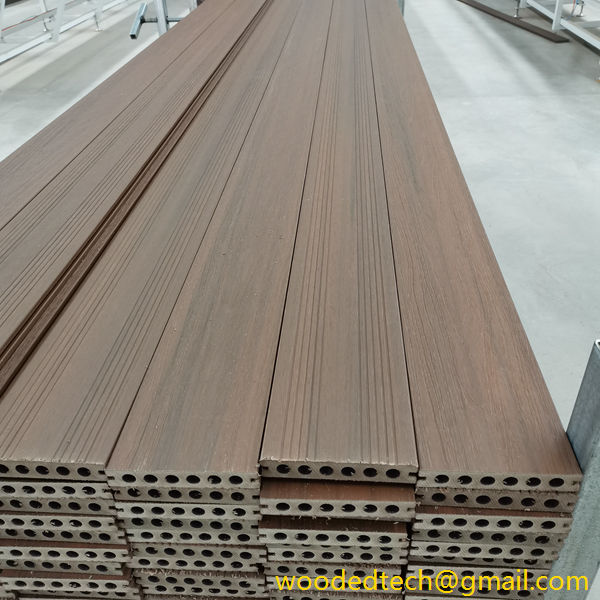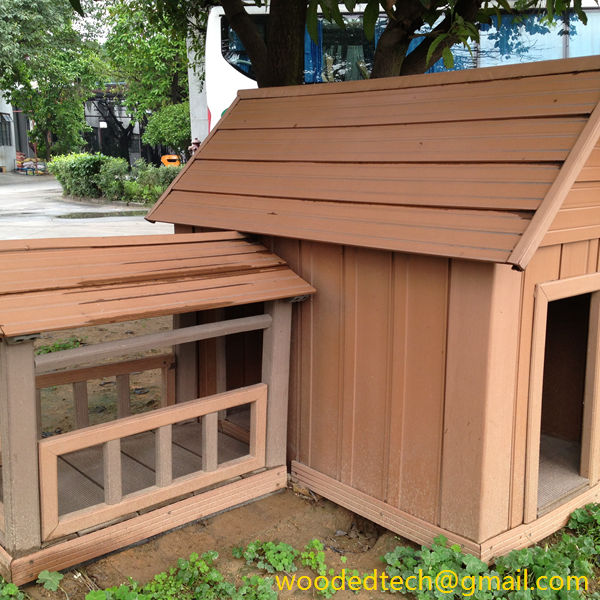The Benefits of WPC Decking Wooden Options for a Natural Look and Long-Lasting Durability
Wood Plastic Composites, commonly referred to as WPC, have gained significant popularity in recent years, particularly in the realm of decking. These materials combine the natural beauty of wood with the durability and resilience of plastic, offering a unique solution for homeowners and builders seeking both aesthetic appeal and long-lasting performance. The materials used in WPC decking provide a range of benefits that enhance its functionality and longevity, making it an attractive option for outdoor spaces.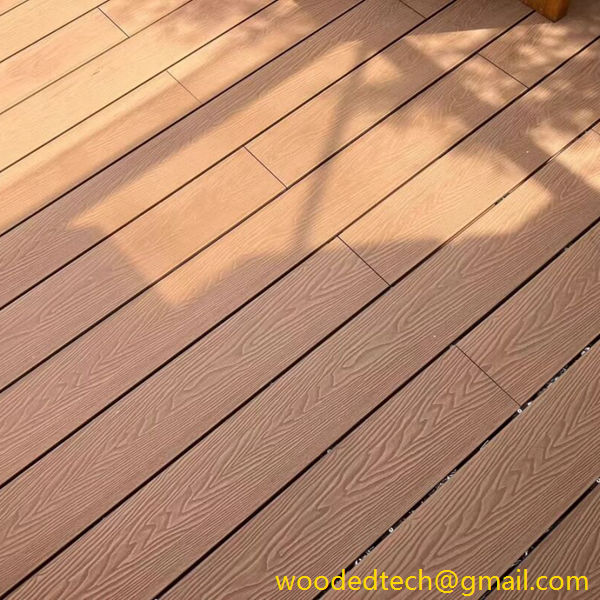
One of the most significant advantages of WPC decking lies in its natural appearance. The composite materials can be engineered to mimic the look and feel of traditional wood, providing the warmth and beauty that many homeowners desire. Various finishes and colors are available, allowing consumers to choose options that best match their landscaping and architectural style. This versatility ensures that WPC decking can seamlessly integrate into any outdoor setting, creating a harmonious blend with nature. 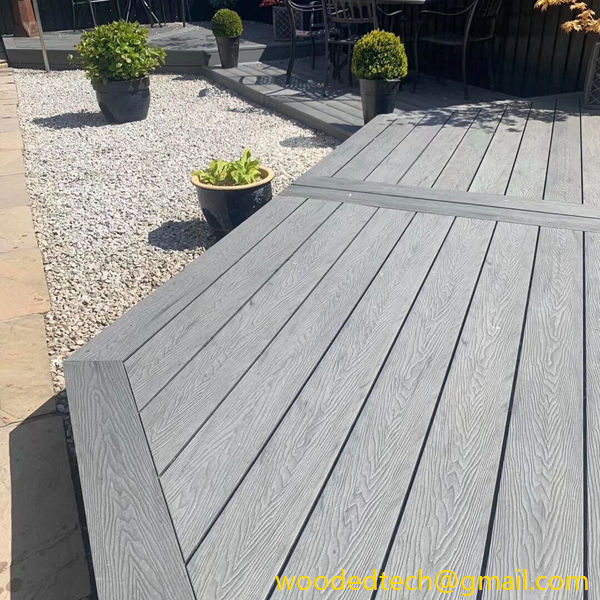
In addition to its aesthetic appeal, WPC decking is renowned for its durability. Traditional wood decking can be susceptible to a variety of environmental factors, such as moisture, UV rays, and insect damage. However, WPC is engineered to withstand these challenges. The plastic component of the composite material provides excellent resistance to moisture, preventing issues such as warping, splitting, or rotting that often plague wooden decks. This inherent moisture resistance translates to a longer lifespan for WPC decking, making it a more cost-effective choice in the long run.
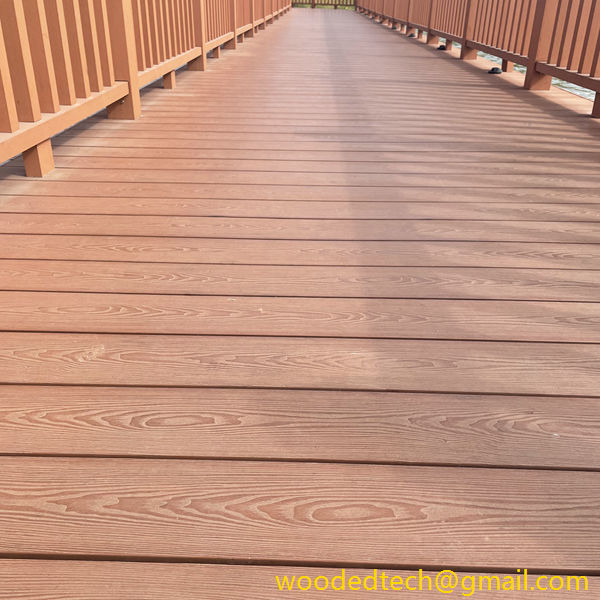
Another important aspect of WPC decking is its resistance to fading and discoloration. Exposure to sunlight can cause traditional wood to lose its color

